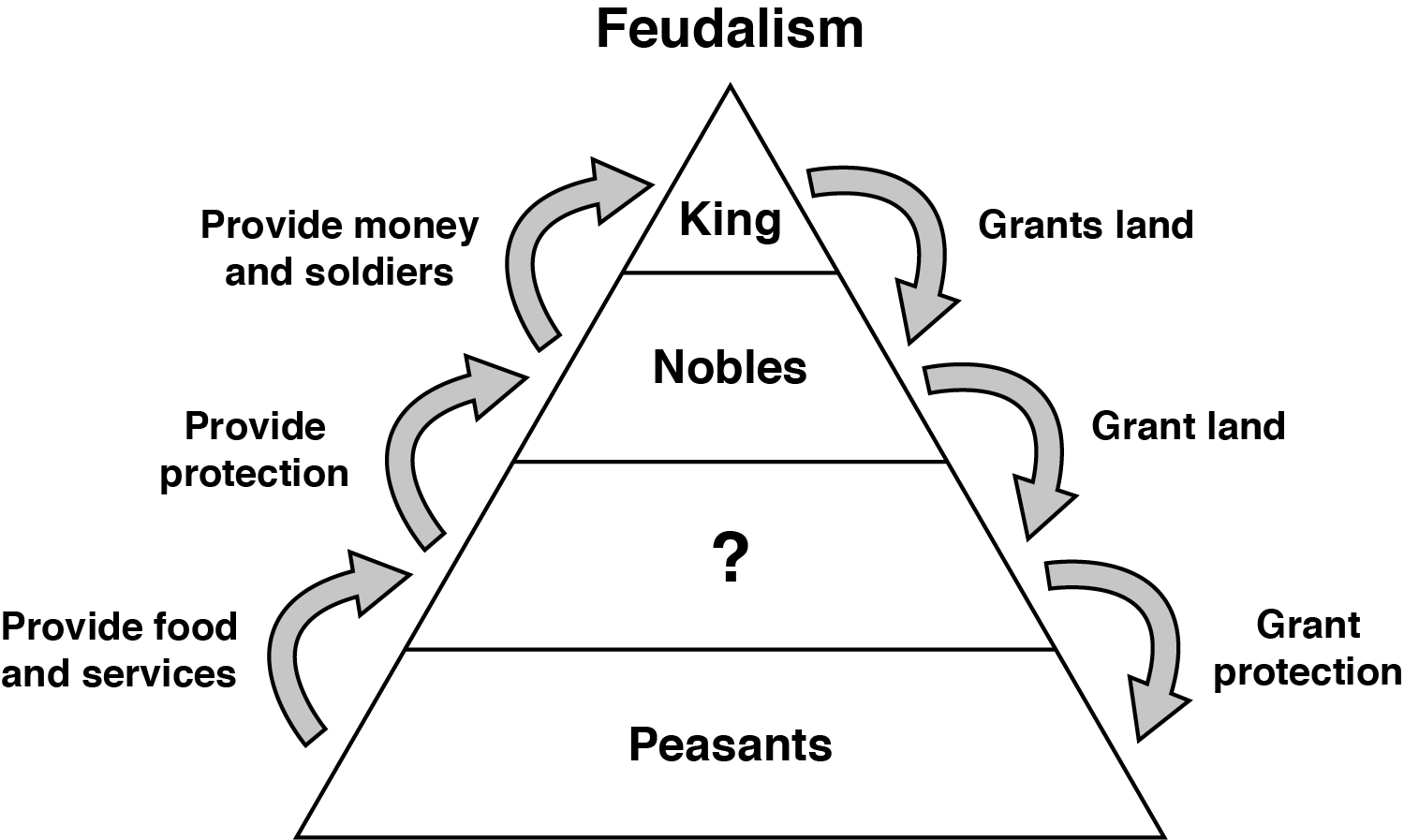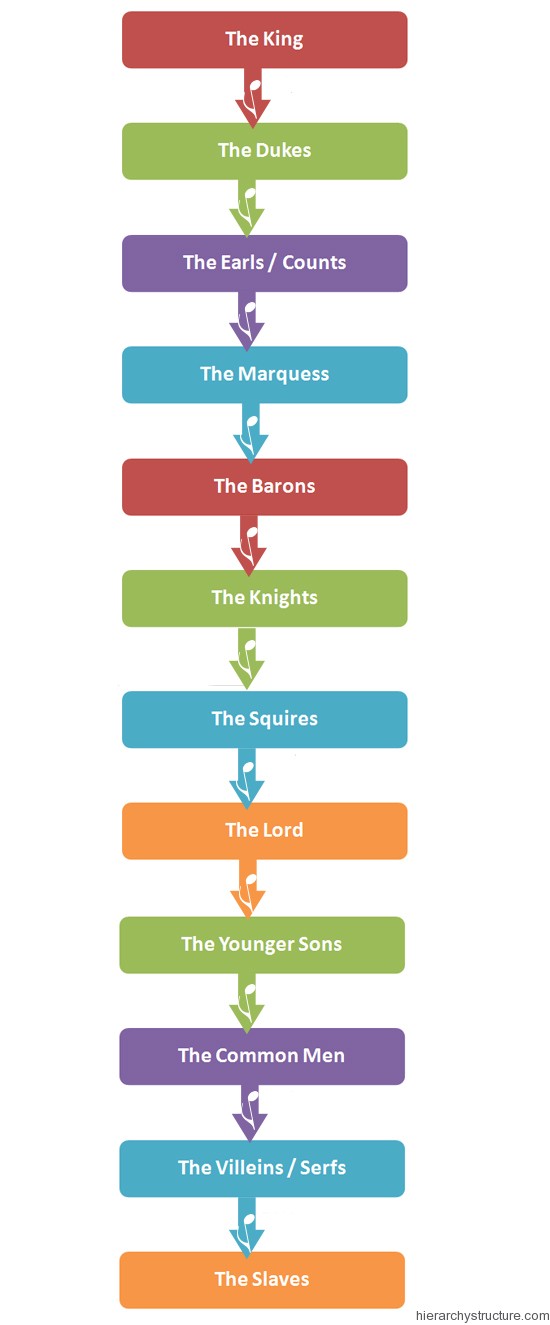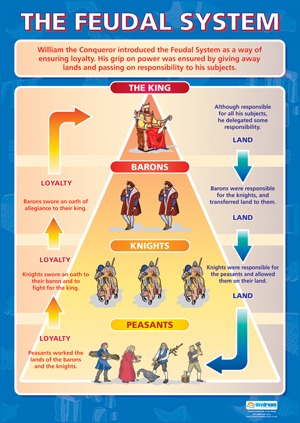

Nearly everyone who contracted this highly contagious plague died within four days. In 1349, a terrible plague known as the Black Death swept the nation, killing over half of its population. Then there were outbreaks of typhoid fever as well as diseases that affected livestock. This change began in the early 1300s when a great famine wiped out nearly half a million people in England. The growth of the wool industry in England was part of a greater change in which feudalism came to an end and a middle class arose. The manufacturing of wool in England was an important part of European economy in the Middle Ages. The growth of the wool industry led to the expansion of cities, which became centers of trade, manufacturing, and education. Beginning in the 13th century, one of England’s major industries was the production of woolen cloth. Although much of the wool remained in England, merchants were able to export a large quantity of the product. In fact, English wool became well known throughout Europe for its high quality. In the late Middle Ages more and more farms were dedicated to raising sheep. These peasants raised most of the food that was consumed by the nation. At the end of this activity, students will no doubt complain that the king now has 46 pieces of candy while they, as peasants, have but four.Throughout the Middle Ages the majority of people living in England worked the land as peasant farmers. In the early medieval period, the rights of man were not a major concern survival was. Using the classroom arrangement on page 39 and the procedures above, the final candy distribution might look like this: the peasants, 4 candies the vassals, 12 candies the nobles, 22 candies the king, a lusty 46 candies. (The lines on the diagram indicate the number of peasants to each vassal.)įrom each peasant's payment, the vassal is to keep one piece and give five to his lord, the noble.įrom each vassal's payment of fidelity, or loyalty, the noble is to keep two pieces and give three candies to the king (once again using the spoon or glove). Since the peasants were paying for their protection with their crops, have the vassals confiscate six M&M's from each peasant using their spoons or rubber gloves. The candy is to represent the harvest reaped in a particular year by the peasants. The nobles and vassals should also be given a plastic spoon or a glove. Give each student or member of the realm a paper cup containing ten M&M's. (Availability of space will dictate the room arrangement and necessary modifications.) (If an overhead projector is not available, simply reproduce the diagram onto a chart or copy it on the chalkboard.)Īrrange the room to approximate the diagram. Then, depending on whether they belong to the realm of Noble A or that of Noble B, students should arrange their desks similar to the diagram on page 39, which the teacher should place on the overhead projector.

Have students draw identification role cards at random. Use the sample diagram on page 39 as a guide. Make a transparency of a Feudal Classroom that represents your students. The ratio of total students in the class to nobles should be about 10 to 1. Throughout the activity there can be only one king. Depending upon the number of students, you may have to alter the number of cards slightly to keep the approximate proportions. If you have a third noble, the role cards would be divided into thirds.

The Noble, Vassal, and Peasant cards need to be categorized into two respective domains: one-half of each are to be marked A, and the other half are to be labeled with a B. For example, in a class of 21 students, roles could be assigned as follows: 1 King, 2 Nobles, 6 Vassals, and 12 Peasants. Prepare only one King identification card since there will be only one student in this role at any given time. Reproduce and cut out the role identification cards on page 38 in the following class percentages (approximate): Noble (10%) Vassal (30%) Peasant (55%). Students will identify the order of societal rank and loyalties within feudal Europe.

Social Studies, Ancient History, World History


 0 kommentar(er)
0 kommentar(er)
